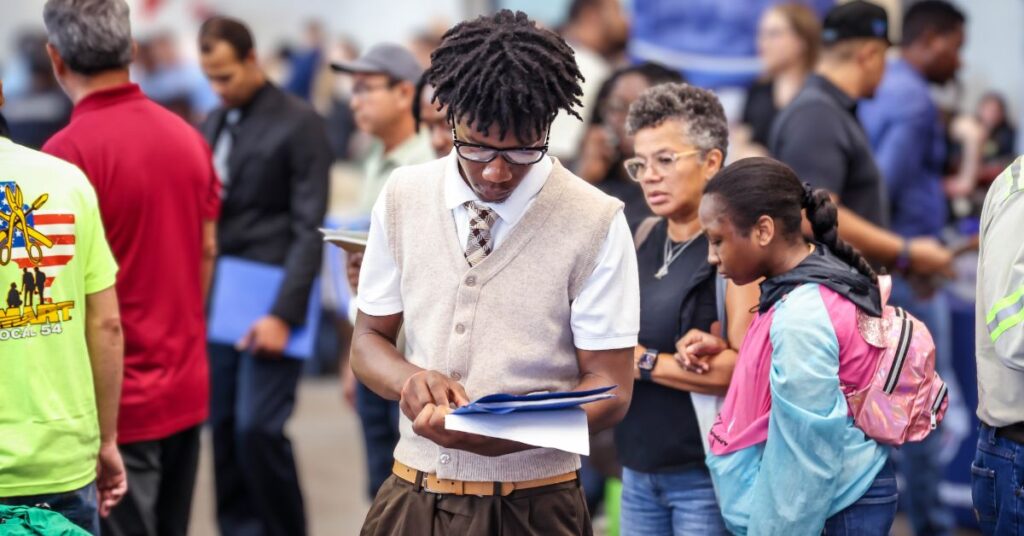Workforce skill gaps remain a persistent challenge for employers, particularly in rapidly changing regions like the Gulf Coast. Generative AI offers a powerful solution by analyzing performance data, employee assessments, and feedback to pinpoint specific areas where training is needed. These insights are valuable not only for upskilling current staff but also for streamlining hiring and onboarding processes, enabling HR teams to focus their training resources more strategically.
Beyond identifying gaps, generative AI plays a key role in developing tailored training programs that adapt to each employee’s learning style and pace. Whether through immersive simulations or scenario-based modules, AI-driven training fosters deeper engagement and better knowledge retention. This personalized, evolving approach replaces one-size-fits-all models, making workforce development more efficient and responsive to real-time business needs.
Benefits of AI in Skill Development
The appeal of AI in employee development goes beyond just personalization. Some of the core advantages include:
- Speed and Efficiency: AI rapidly processes complex data, helping businesses identify what training is needed and generate content quickly.
- Adaptability: Programs evolve in real-time as job roles or company goals shift, ensuring employees stay up to date.
- Scalability: AI solutions can be deployed across large workforces, offering consistent quality without ballooning costs.
- Sustainability: By fostering continuous learning, AI helps build a resilient and future-ready workforce.
A notable example of AI in workforce training comes from eLearning Company, Inc., which used IBM Watson to simulate virtual customers for call center training. This system helped employees practice real-world scenarios, identify individual skill gaps, and follow personalized learning paths. The adaptive nature of the tool proved especially effective in enhancing both technical and interpersonal skills, while Watson’s ongoing refinement of training recommendations ensured teams stayed aligned with evolving demands.
Today’s AI tools go far beyond automation, incorporating technologies like VR-based simulations, predictive analytics, and career development planning. These innovations not only address current training needs but also help forecast future skill requirements. As a result, AI is becoming a central component in long-term workforce strategies—offering scalable, cost-effective, and tailored solutions for building resilient and future-ready teams.
Ready to take your workforce development to the next level? Partner with our team to explore how generative AI can transform your training programs, close skill gaps faster, and align with your business goals. Let’s build a customized strategy that drives real results—contact us today to get started.




